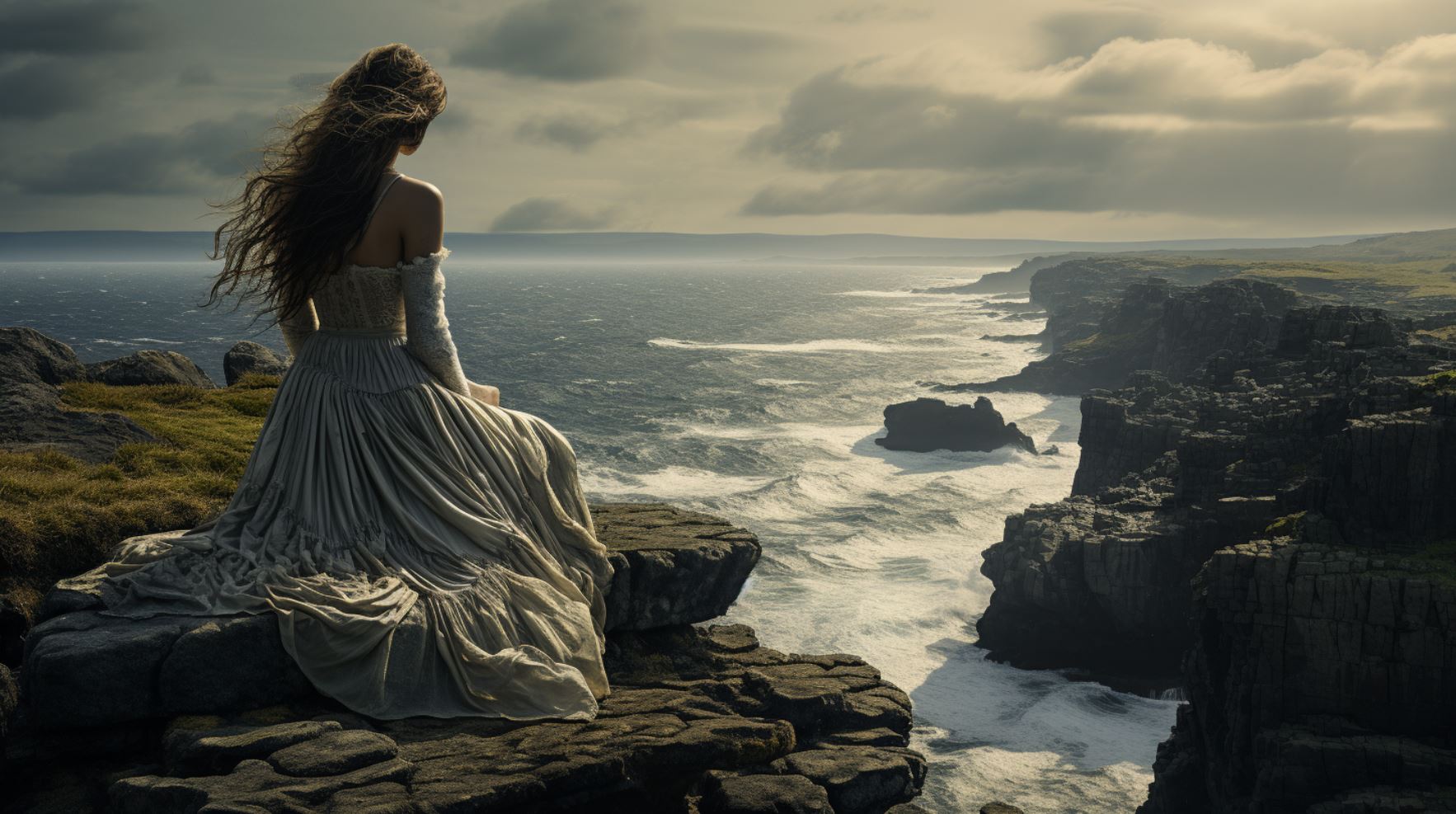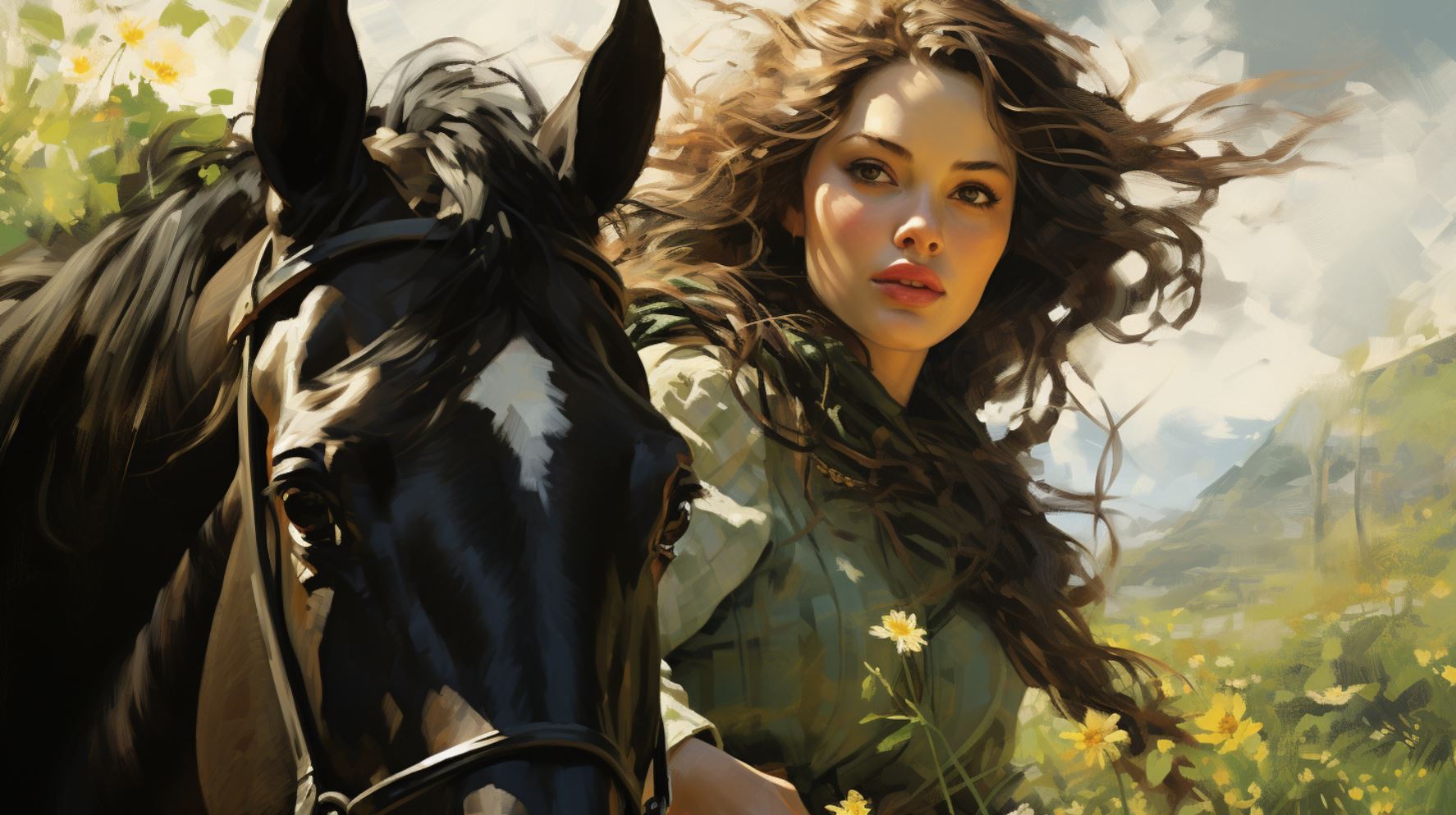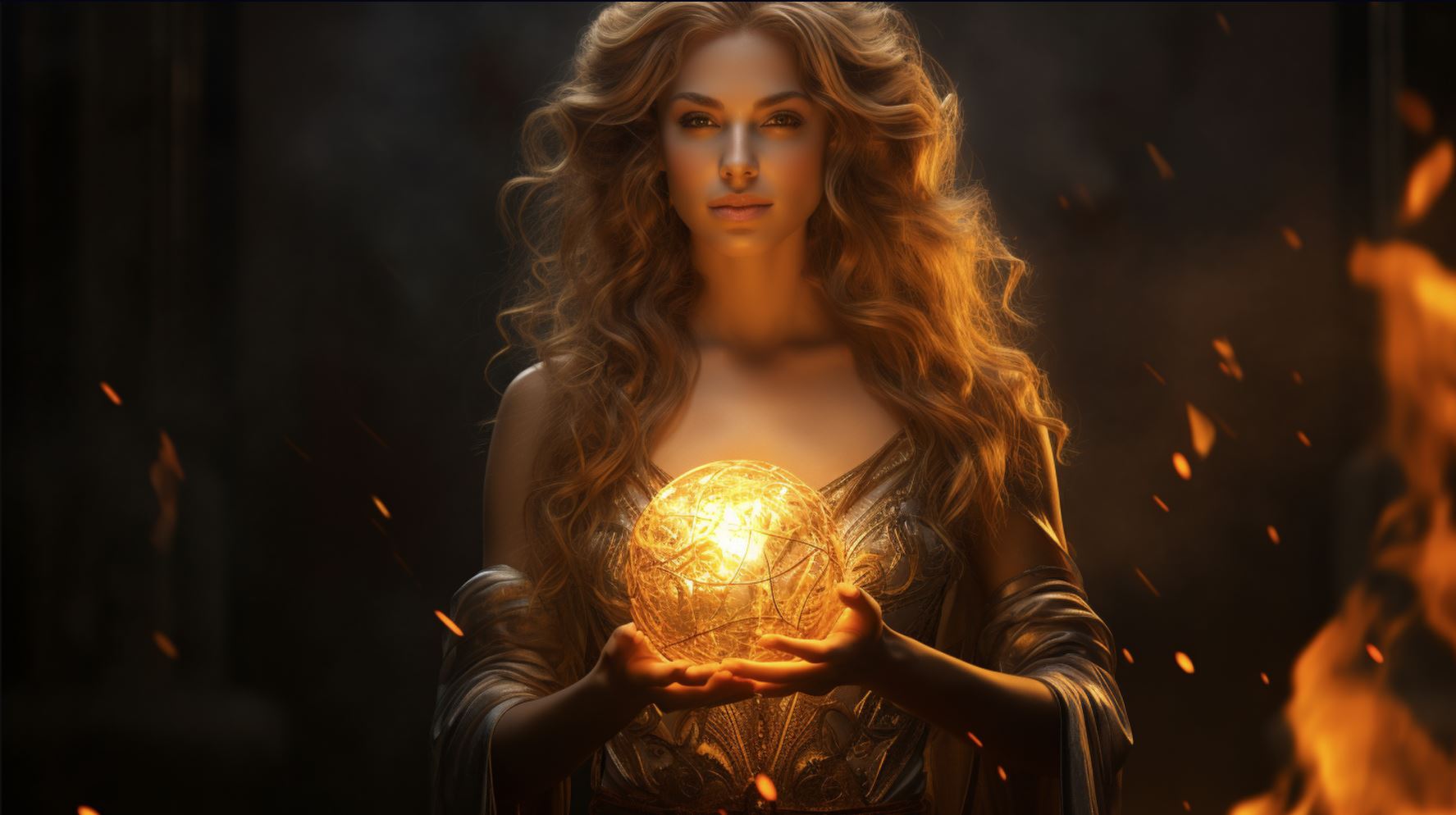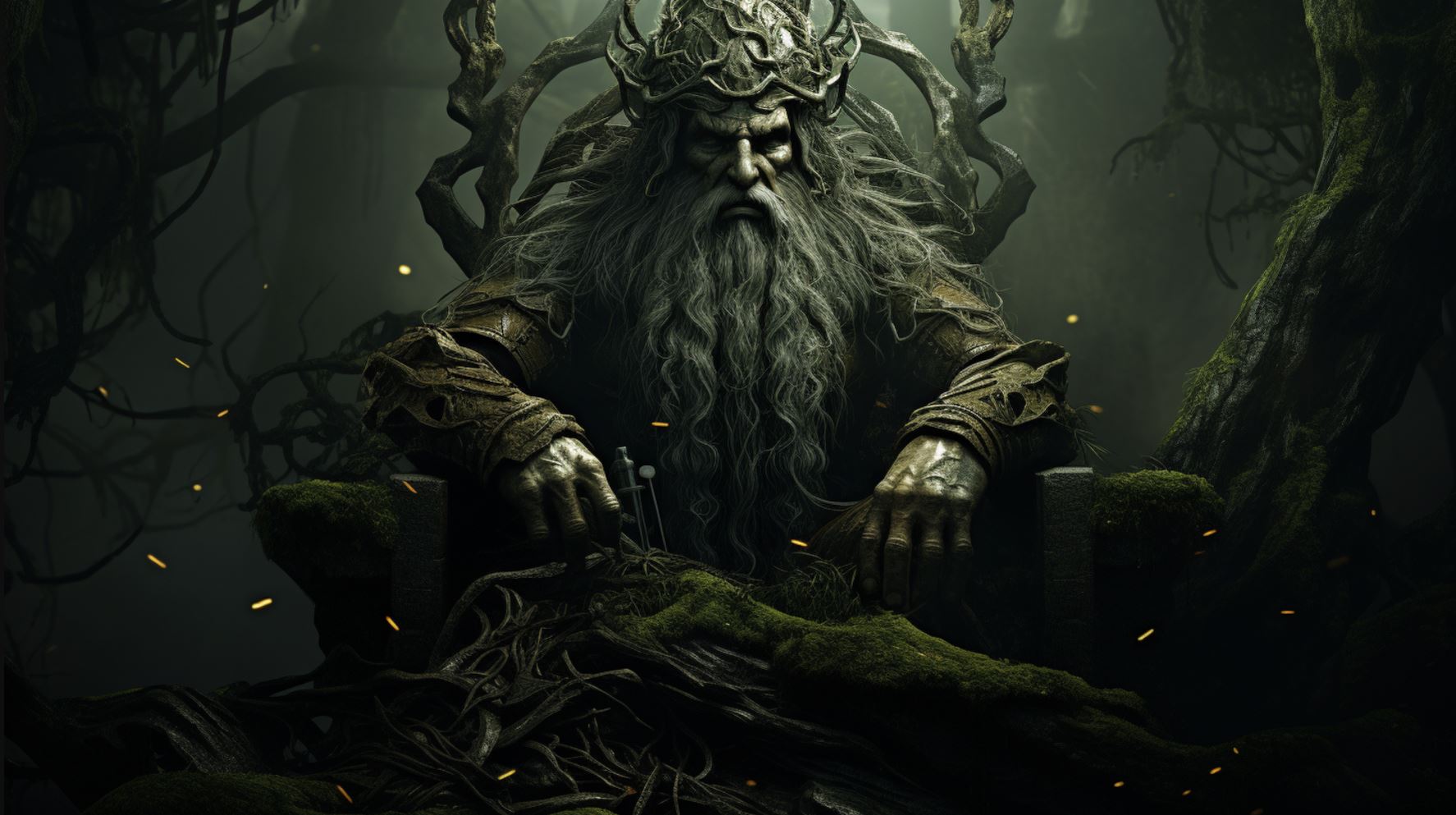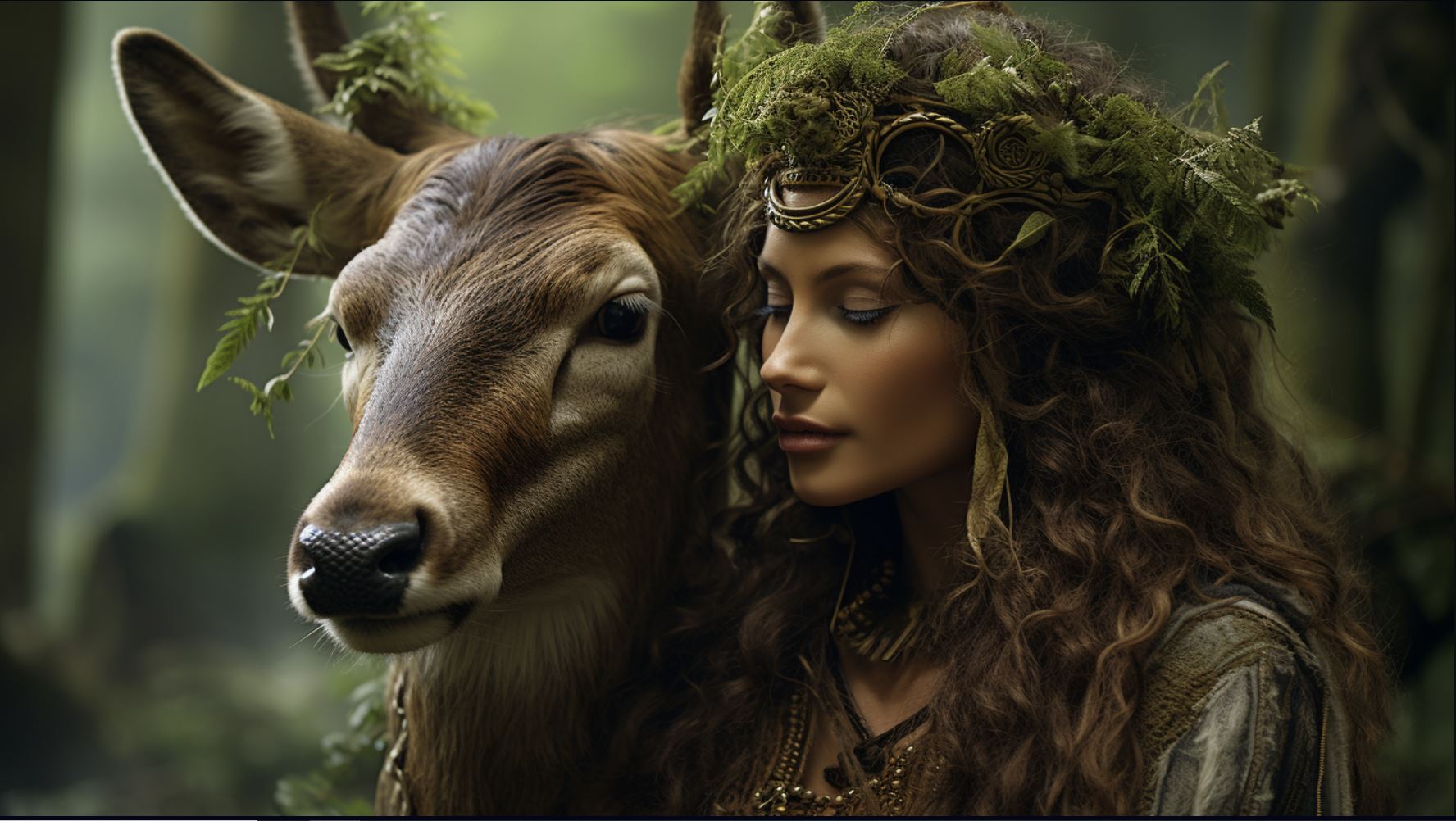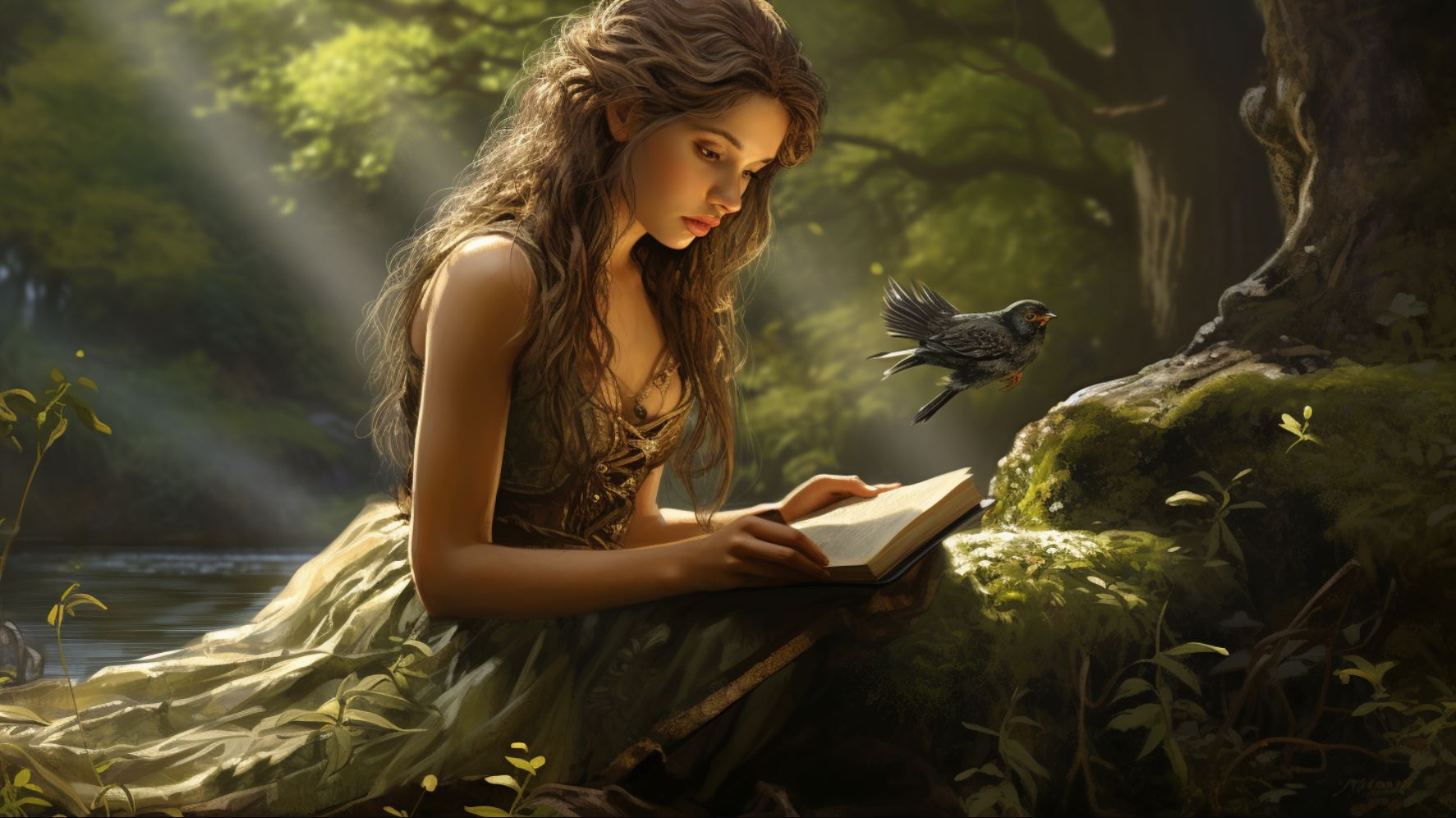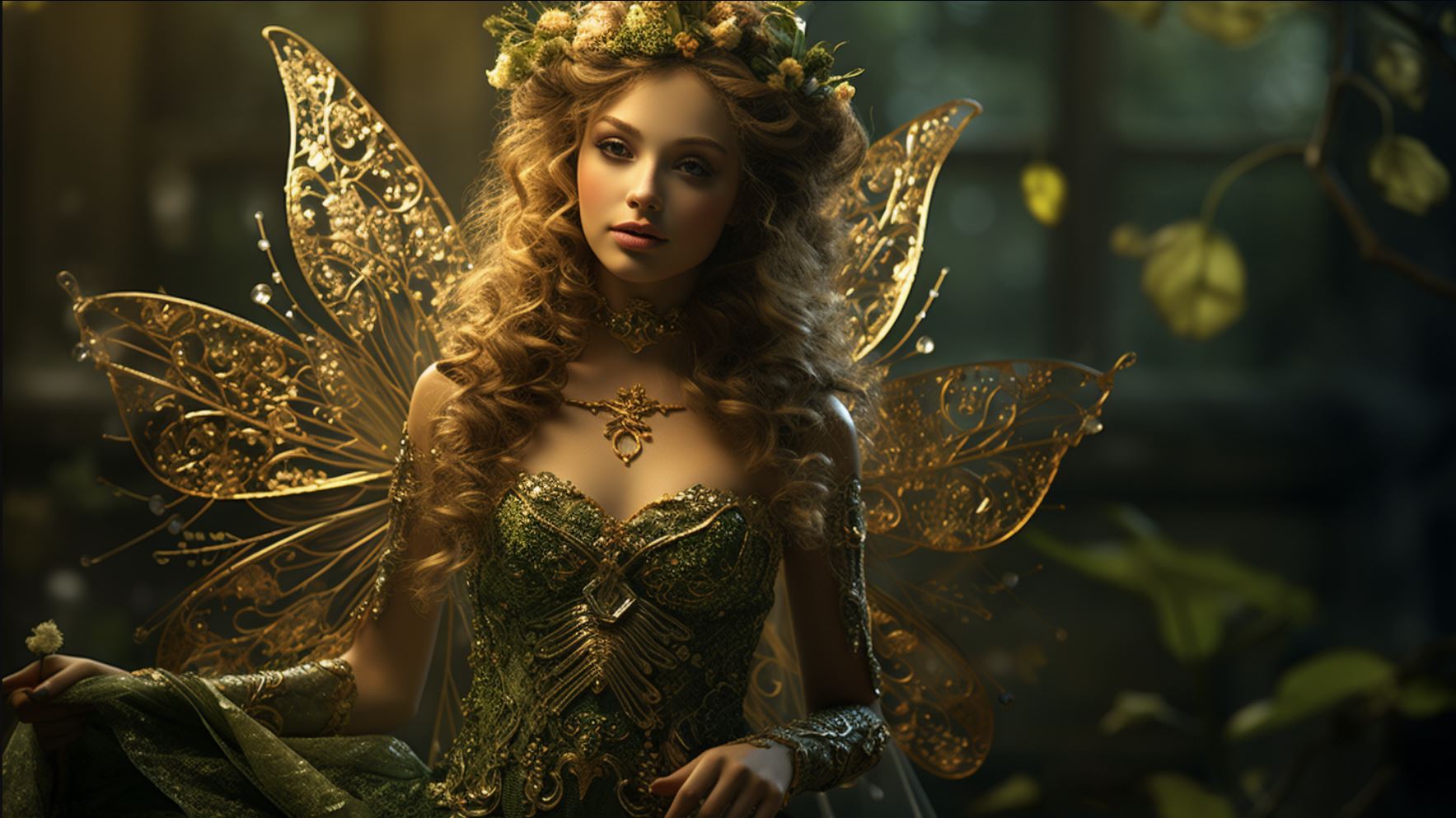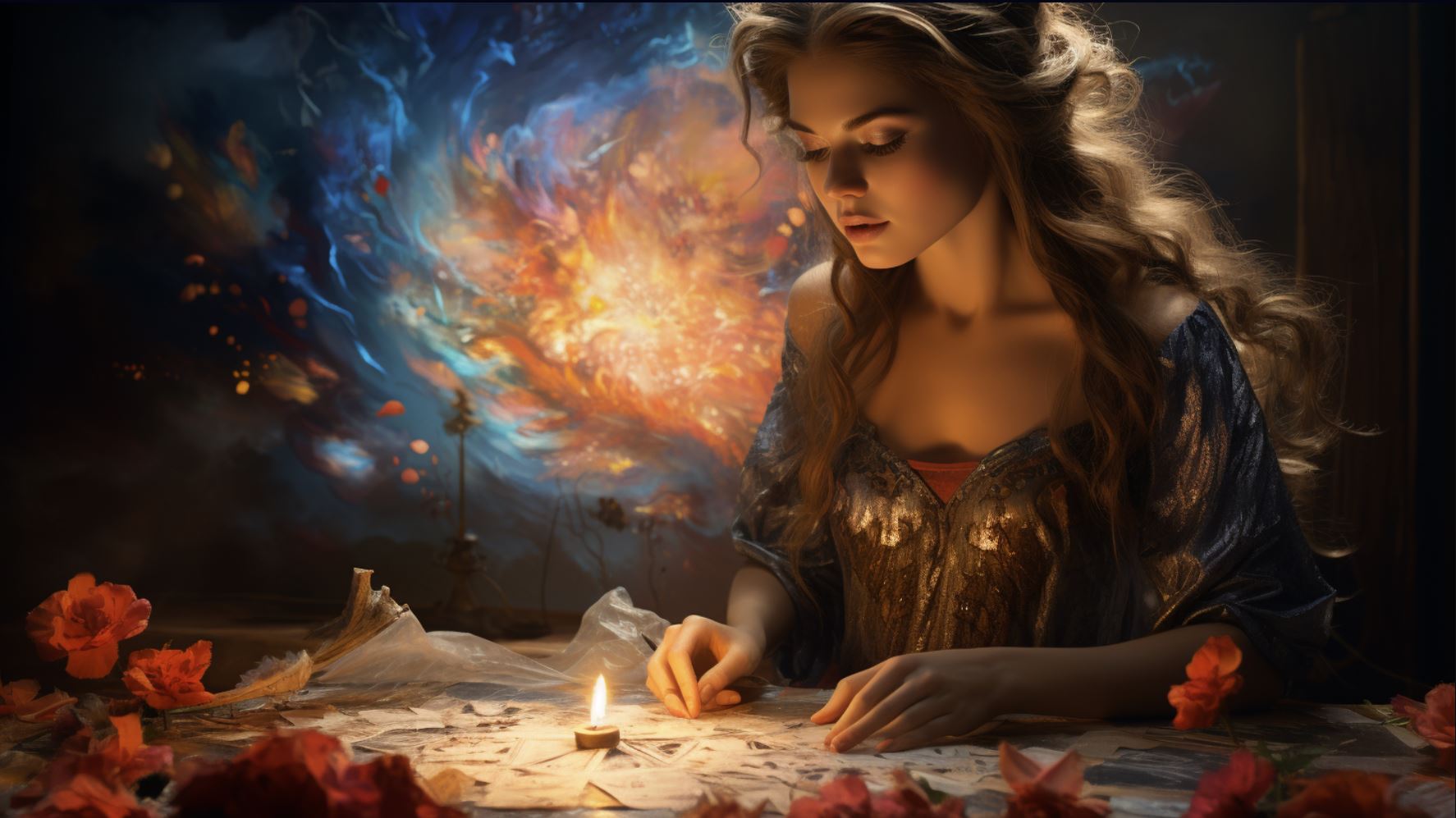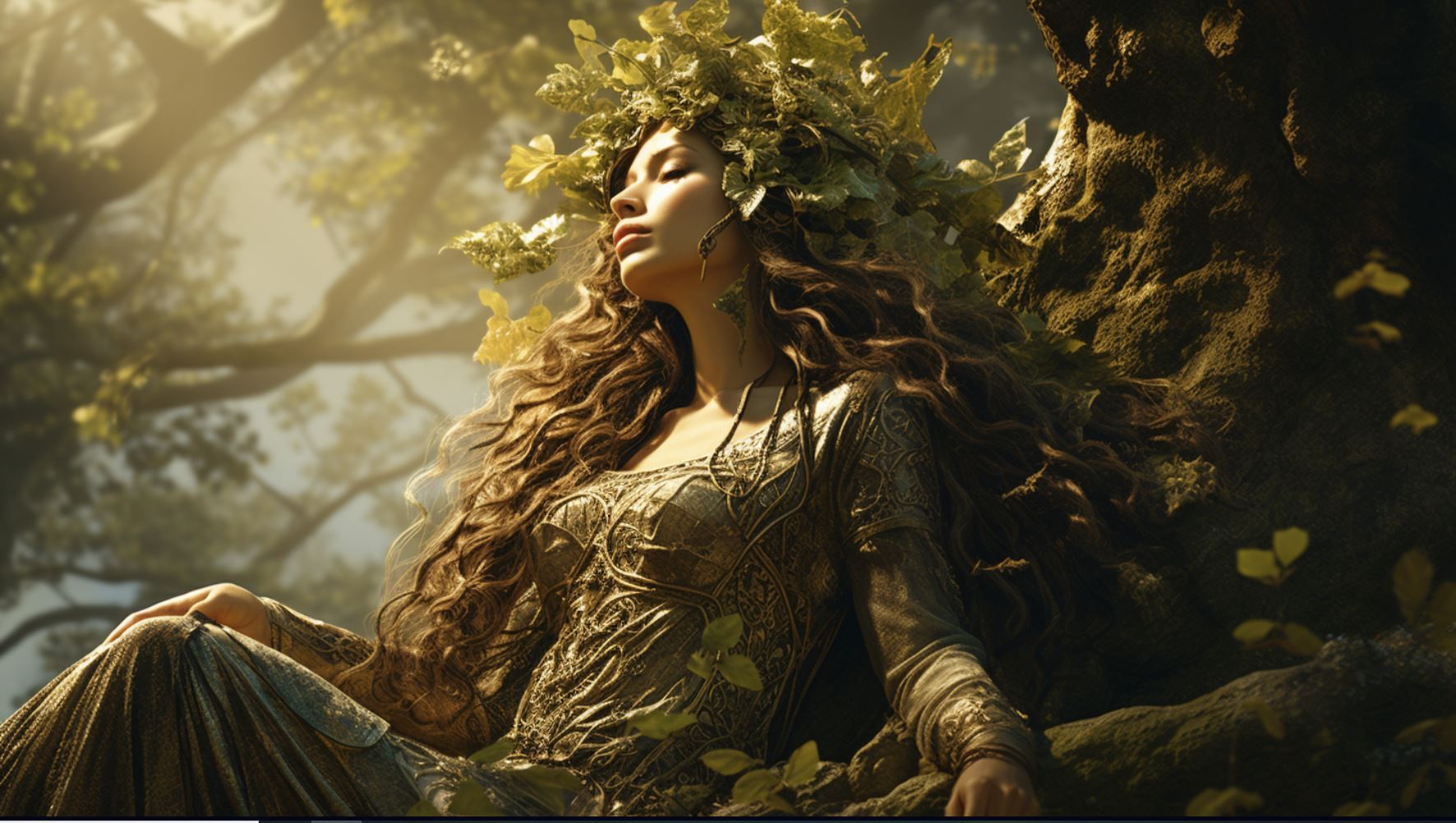Niamh Goddess: Unveiling the Mystical Realm of Irish Mythology
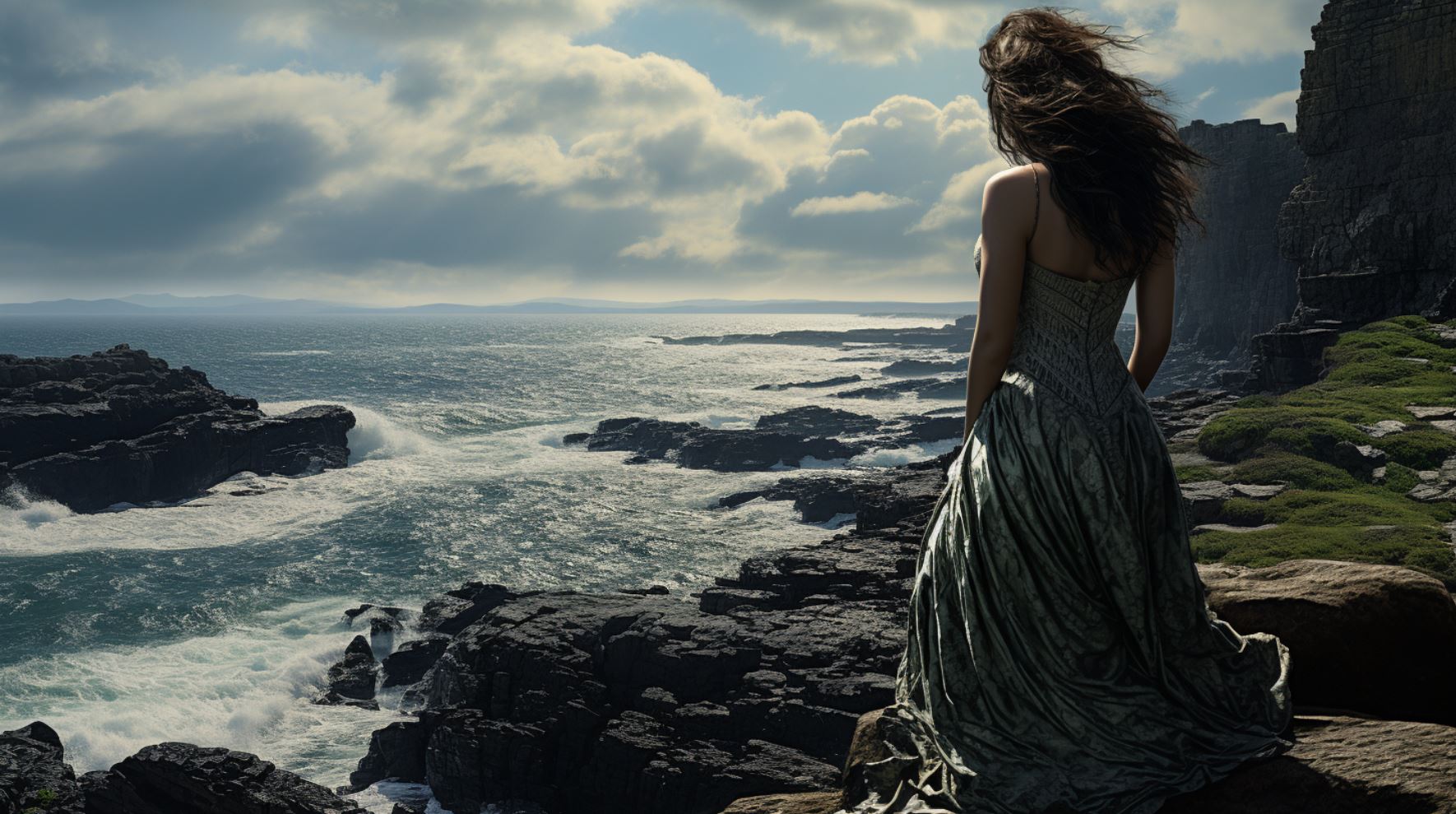
Niamh Goddess, a prominent figure in Irish mythology, captivates with her intriguing tale. As the lover or wife of Oisín from the Fianna Cycle, Niamh embarks on a fateful journey to the mythical land of Tír na nÓg.
Their love story unfolds tragically, leaving lasting consequences. Niamh, revered as the goddess of the sea and fate, holds a significant role in Irish mythology. Her golden hair symbolizes profound symbolism.
With her legacy intertwining with the Fianna warriors, Niamh’s tale continues to inspire literature, art, and contemporary interpretations of mythology.
Exploring the Mythical Land of Tír na nÓg
Welcome to the enchanting realm of Tír na nÓg, a land steeped in mythology and mystery. This mythical land, often referred to as the Land of Eternal Youth, holds a special place in Irish folklore and legends.
It is said to be a place of happiness, eternal beauty, and eternal youth, inhabited by supernatural beings and mythical creatures.
Niamh’s Journey to the Land of Eternal Youth
Among the many captivating tales, one story stands out – the journey of Niamh to Tír na nÓg. Niamh, a mortal princess from Munster, embarked on a wondrous adventure that changed her life forever.
Drawn by love and longing, she fled with her beloved, Oisín, to the mystical land.
Guided by destiny, Niamh crossed the boundaries between the mortal realm and the magical realm of Tír na nÓg.
It is said that she rode on a bewitching fairy steed, swift as the wind itself, traversing oceans and forests to reach the fabled land of eternal bliss.
Legends and Tales from Tír na nÓg
Legend tells us that Tír na nÓg is ruled by the Tuatha Dé Danann, the mythological tribe of gods and goddesses.
Within its borders lie otherworldly wonders, such as the Hall of Youth, where time stands still, and the ever-lush Fields of Plenty, abundant with magical fruits and flowers.
The residents of Tír na nÓg are said to possess extraordinary powers and longevity.
They revel in eternal youth, untouched by the passage of time. The land itself radiates with ethereal beauty, its landscapes dotted with ancient trees, shimmering lakes, and sparkling waterfalls. Countless tales have been woven about these enchanted realms, each one more captivating than the last.
Through exploration and discovery, one can immerse themselves in the rich tapestry of myths and legends that make Tír na nÓg a captivating subject of fascination and wonder. From the heroic exploits of its inhabitants to the magical artifacts and elusive creatures that inhabit its woods, Tír na nÓg remains an ever-present symbol of mystical allure.
- Legends speak of audacious quests undertaken by brave warriors seeking to unlock the secrets of Tír na nÓg.
- The enchanted forests are said to be home to mystical creatures such as fairies, leprechauns, and the elusive Sidhe, whose magic infuses the very essence of the land.
- Tír na nÓg has long been associated with the concept of eternal life and has inspired countless poets, writers, and artists throughout the ages.
Join us as we delve deeper into the captivating tales and epic adventures that await those who dare to explore the mythical land of Tír na nÓg.
The Love Story of Niamh and Oisín
Embarking on a tale of love and tragedy, the story of Niamh and Oisín captivates with its poignant beauty and lasting impact on Irish mythology.
Niamh and Oisín’s Tragic Union
Niamh, a mortal princess of Munster, found herself irresistibly drawn to the heroic Oisín, son of Fionn mac Cumhail. Their love blossomed amidst the conflicts of the Fianna warriors, painting a picture of devotion against all odds.
Niamh’s enchanting presence brought solace to Oisín’s life, and together they embarked on a fateful journey to the mythical land of Tír na nÓg, the Land of Eternal Youth. It was in this otherworldly realm that their love truly flourished, leading to the birth of two sons and a daughter.
Consequences of Oisín’s Return to Ireland
Despite the idyllic existence in Tír na nÓg, Oisín yearned to see his homeland once again. Tempted by his longing, Niamh granted his wish but imposed a condition – he must never touch Irish soil.
With a heavy heart, Oisín journeyed back to Ireland on the back of Niamh’s magical steed.
However, the passage of time had caused Ireland to change. Oisín arrived in a land vastly different from the one he had left behind, his magical youth erased.
He searched for his family, only to discover that centuries had passed, leaving him alone and aged. This heart-wrenching turn of events, a consequence of Oisín’s return, forever separated him from the love of his life, Niamh.
Legend has it that Oisín’s final resting place can be found in the Antrim Mountains, a testament to the enduring power of their love.
Thus, the love story of Niamh and Oisín serves as a cautionary tale, reminding us of the bittersweet nature of love and the consequences that can accompany its pursuit.
Niamh Goddess and her Role in Irish Mythology
Within the rich tapestry of Irish mythology, Niamh stands as a revered and enigmatic figure, embodying the essence of the sea and the workings of fate. As the goddess of the sea and fate, Niamh holds significant influence over the lives of mortals and immortals alike.
Niamh as the Goddess of the Sea and Fate
As the goddess of the sea, Niamh wields the power to guide and control the vast oceans that surround the emerald isle of Ireland. She holds dominion over the tides, granting safe passage to those who honor her and invoke her name.
Sailors and fishermen often seek her favor, offering prayers for protection and bountiful catches.
Furthermore, Niamh’s role as the goddess of fate bestows upon her the ability to shape the destinies of individuals and nations.
She weaves intricate threads of destiny, determining the path each person shall tread. Her influence can be felt in pivotal moments, where the course of events is forever altered by her divine intervention.
It is said that Niamh’s whispers of prophecy have guided warriors to victory and led kings to their downfall. Her wisdom and foresight are sought by those who seek to navigate the intricate web of life’s uncertainties.
The Symbolism Behind Niamh’s Golden Hair
One of the most defining features of Niamh is her resplendent golden hair, which holds profound symbolism within Irish mythology. Her flowing locks of gold not only represent physical beauty but also serve as a symbol of divine enlightenment and otherworldly power.
It is believed that Niamh’s golden hair represents the eternal youth and immortality she possesses. Just as her hair remains forever radiant, untouched by the passage of time, so too does her essence embody eternal life and vitality.
Her luminous mane embodies the essence of Niamh and her connection to the realm of Tír na nÓg, where beauty and youth are everlasting.
Moreover, Niamh’s golden hair serves as a conduit for her divine power.
It is believed that her hair carries the essence of her goddesshood, imbuing her with wisdom, strength, and the ability to bestow immortality upon poets and bards. The shimmering strands of gold hold secrets and mysteries, whispering tales of ancient magic and wisdom to those who possess the gift to hear them.
- The golden hair signifies eternal youth and immortality.
- It represents divine enlightenment and otherworldly power.
- Niamh’s hair symbolizes her connection to the realm of Tír na nÓg.
- It serves as a conduit for her divine power and wisdom.
In conclusion, Niamh Goddess, with her roles as the goddess of the sea and fate, as well as the symbolism behind her golden hair, plays a crucial role in Irish mythology.
Her influence shapes the destinies of mortals, while her radiant presence remains a source of inspiration for artists, poets, and all those captivated by the allure of Irish folklore.
Unraveling the Legacy of the Fianna and Fionn mac Cumhail
Within the rich tapestry of Irish mythology, Niamh Goddess holds a deep connection to the legendary Fianna warriors and the renowned Fionn mac Cumhail.
Through her involvement with Oisín, son of Fionn mac Cumhail, Niamh’s influence on the Fianna’s legacy is profound.
Niamh’s Connection to the Fianna Warriors
Niamh’s union with Oisín, a prominent member of the Fianna, solidified her place within the fierce warrior clan. As the wife or lover of Oisín, she became intertwined with their heroic tales and adventures.
Legends speak of Niamh’s spirited presence alongside Oisín and the Fianna, lending her mystical powers and guidance in times of need.
Impact of Niamh’s Story on Irish Folklore
Niamh’s story, with its tragic love affair and enchanting realms, has left an indelible mark on Irish folklore. Her tale serves as a reminder of the risks and consequences that accompany forbidden love and crossing into otherworldly lands.
Niamh’s connection to Tír na nÓg, the Land of Eternal Youth, illuminates the allure of immortality and the sacrifices made for love.
- The Fianna warriors deeply respect Niamh Goddess for her ties to their beloved Oisín.
- Niamh’s presence within the Fianna legends underscores her importance in Irish mythology.
- The tragic love story of Niamh and Oisín serves as a cautionary tale and inspiration for countless folklore enthusiasts.
- Niamh’s association with Tír na nÓg highlights the mystical allure of eternal youth and the forbidden realms.
Today, Niamh Goddess continues to captivate audiences as her legacy lives on through tales of valor, love, and the timeless devotion of the Fianna warriors.
Her unparalleled connection to both the mortal and mystical realms serves as a testament to the enduring power and fascination of Irish mythology.
Reflections of Niamh’s Tale in Modern Culture
The captivating tale of Niamh Goddess in Irish mythology continues to inspire and influence various forms of artistic expression and contemporary interpretations. This section explores the profound impact of Niamh’s story on literature, art, and the broader realm of mythology.
Niamh Goddess in Literature and Art
Literature enthusiasts and artists alike have drawn inspiration from the enchanting figure of Niamh Goddess. Her timeless love story with Oisín, her ethereal beauty, and her association with the mystical Tír na nÓg have been the subjects of numerous novels, poems, and plays.
Authors have skillfully woven Niamh’s character into their narratives, bringing her to life on the pages through vivid descriptions and captivating storytelling. Through their works, readers can immerse themselves in the romance, tragedy, and magical allure of Niamh’s journey.
Visual artists have also been captivated by Niamh’s fascinating story. Painters and sculptors have depicted her as a celestial being, radiating grace and elegance. Her golden hair, often depicted flowing in the wind, symbolizes her otherworldly nature and serves as a visual representation of her divine beauty.
Artistic interpretations of Niamh are not limited to traditional mediums alone. Digital artists and graphic designers have embraced her tale, creating stunning illustrations and digital artworks that bring a contemporary twist to her legend.
This fusion of modern techniques with ancient mythology breathes new life into Niamh’s character and ensures her continued relevance within the artistic realm.
Influence of Niamh’s Story on Contemporary Interpretations of Mythology
Niamh’s story resonates deeply within the realm of contemporary mythology.
Scholars and enthusiasts of mythology have recognized the cultural significance and enduring appeal of her tale, leading to its inclusion in various discussions and interpretations.
Her story serves as a reminder of the power of love, the fleeting nature of life, and the allure of unattainable immortality.
Niamh’s journey captures universal themes and emotions that continue to captivate audiences across generations.
Contemporary reinterpretations of mythology often draw upon Niamh’s story as a source of inspiration. Writers, artists, and filmmakers have expanded upon her character, exploring her motivations, fears, and desires in more depth.
This reinterpretation allows for a fresh perspective and a deeper understanding of the complex emotions and choices faced by mythical beings.
Moreover, Niamh’s tale has provided a rich source of material for academic research and analysis.
Scholars delve into the various interpretations of her character, the symbolism embedded within her story, and the cultural implications of her immortal presence within Irish mythology.
As the years progress, Niamh Goddess continues to leave an indelible mark on literature, art, and the contemporary understanding of mythology.
Her tale remains a source of fascination, inspiration, and reflection, reminding us of the enduring power and relevance of ancient myths and legends in our modern world.
.











